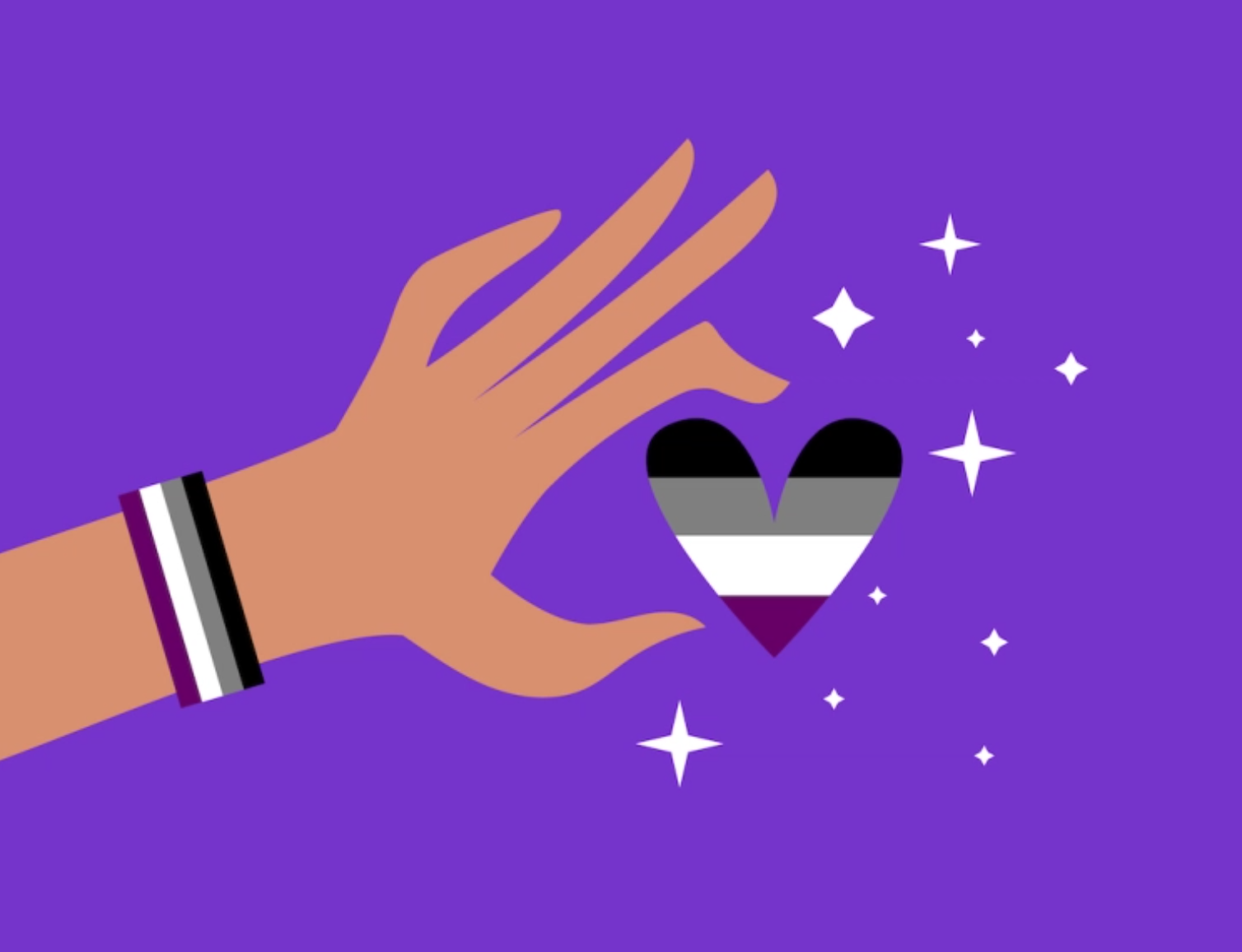For ages, sexual orientations other than heterosexuality have faced discrimination. In the 21st Century, we have seen an influx of support for the LGBTQIA+ community as well as mainstream media ensuring the representation of this community. But unfortunately, we do not see the same kind of representations for asexuality. Even today, asexuality is treated as a medical problem or a religious preference. This orientation is heavily misinterpreted and not recognized as much as the others are. The lack of exposure makes it a target of being bombarded with myths and falsified information.
So today let’s talk about this misunderstood orientation.
What is Asexuality?
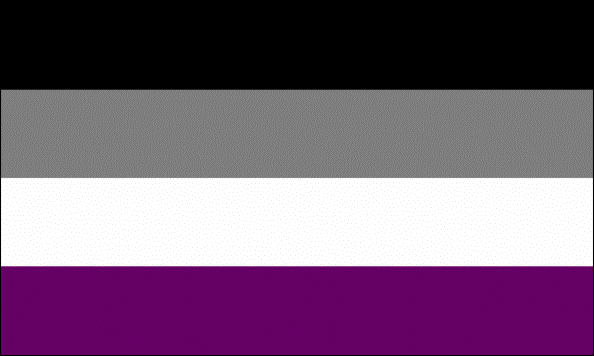
Asexuality is the lack of sexual attraction towards other people. It is the “A” in LGBTQIA+.
An asexual person, known as an “Ace” in short, may be of any gender, age or background. For the longest time, lack of sex drive has been associated with asexuality. But news flash, they are not the same thing.
Some aces may have a low libido (sex drive). But there are many asexual people who still have a libido and might experience sexual desire. For aces, their libido is dissociated from their sexual attraction. That means, there can be sex drive, but it doesn’t translate into desiring sex. The sex drive that aces experience is not particularly towards anyone.
Asexuality: A Spectrum
One might wonder that if asexuality means the lack of sexual attraction, why would aces indulge in sexual activities?
There can be many reasons to that. Such as, to satisfy their libido, to conceive, to make their partner happy or to show or receive affection. But most importantly, asexuality is a spectrum. Asexuality means different things to different people.
Some of the most common misconceptions about ace people is that they fear intimacy, avoid relationships and they never fall in love. This happens as most people are not aware that sexual orientation and romantic orientation are two different sides of asexuality, which covers many different identities.
On the spectrum of asexuality, some aces only experience sexual attraction when they form a close emotional connection They are known as demisexual. Grey-A people fall somewhere between the sexual and asexual spectrum. They desire and enjoy sexual or romantic relationships but only in very specific circumstances.
Some aces can experience little or no romantic attraction. They are aromantics. Beside these, heteroromantic, homoromantic, biromantic or panromantic are some other romantic orientations that asexuals can identify with. For instance, a homoromantic person may experience romantic attraction towards the same gender while experiencing no sexual attraction.
Asexuals’ Perception of the Concept of Love
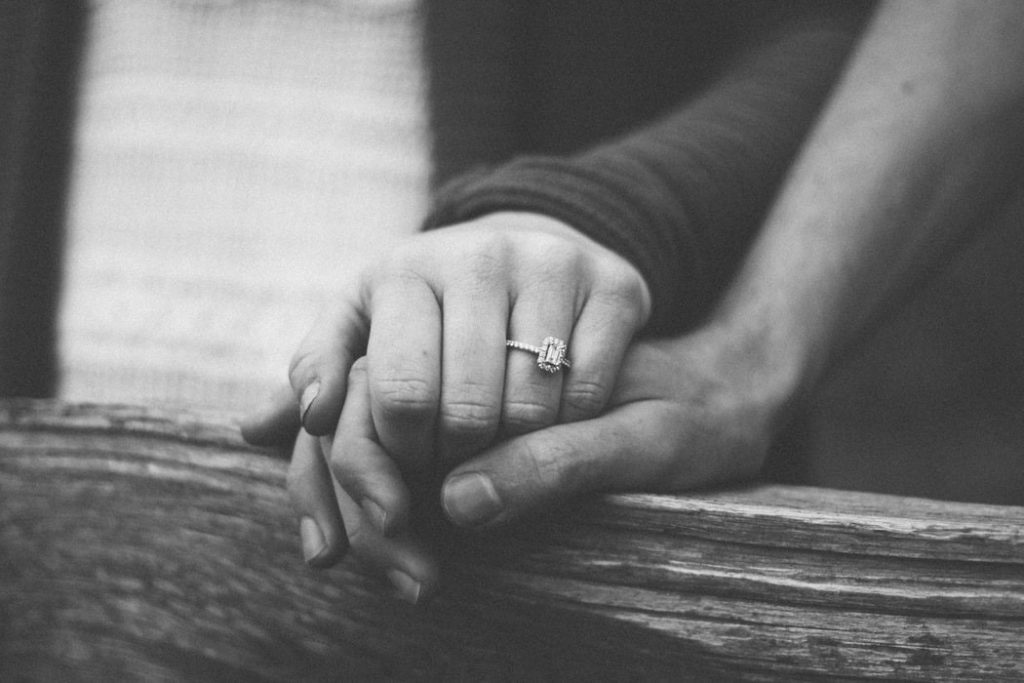
Asexuality is a very mysterious orientation as it clashes with both traditional social standards and westernized “progressive” standards. In Asian societies, parents neither openly talk about sex nor encourage relationships before marriage. Yet they expect their children to get married timely and have children. This expectation might not be very suitable for someone who is an aromantic ace.

Along with parental pressure, asexuals face a lot of discrimination from their peer groups as well. In the western countries, asexual teenagers are taunted for their lack of interest in sex. When everyone else is having “the time of their lives”, aces can feel isolated. And peer pressure might even force them to do things that they don’t want to do. This idea that asexual people are missing out on “sexual pleasures” is very non-inclusive and regressive. Putting sex on a pedestal and marriage as a standard for social acceptance reflects the notion that asexual people are incomplete. And this is absolutely false.
In addition to all these, the banner of asexuality is sometimes used by those individuals who are repressing their true sexuality. Due to social or religious reasons, many people might be afraid to come into terms with their sexuality for example, a boy might be a homosexual but pretending to be not into “sex” altogether to halt advances from the opposite sex. And thus, this fear is making these individuals continue to be sexually and romantically inactive.
Asexuality is not Abstinence or Celibacy

There are many people who identify asexuality as celibacy or abstinence. But they are not the same thing. Abstinence is restraining oneself from sex and it is temporary. For example, someone can pledge to not have sex until they are married. On the other hand, celibacy is deciding to abstain from sex, even marriage due to religious, cultural or personal reasons. It is usually a lifelong commitment. But asexuals don’t have that kind of obligation and they can have sex or can get married if they want to.
Asexuality: Not a Medical Condition
Like the other LGBTQIA+ members, aces have to face a fair share of discrimination, invasion of privacy and unsolicited advices to “correct” themselves. Ironically, even the most conservative society thinks of sex as the most natural desire. Anything that clashes with the established norm is alien to it. The ideology that we are normal only if we act a certain way leads people to assume that there is something medically “wrong’ with asexual people. A parent might misinterpret their child’s asexuality with lower libido, sexual dysfunction, sexual aversion or confuse it with any other form of sexual orientation.
In 2016, University of British Columbia researchers Lori Bratto and Morag Yule have published a paper concluding that asexuality is not a psychiatric condition or a sexual disorder, but a distinct sexual orientation.
Like other sexual orientations, asexuality is seen during early stages of development. It is also noteworthy that asexuals claim that this lack of sexual attraction is something they’ve always felt. This indicates that their asexuality is not a trauma response to any bad sexual experience.
Asexuality is not a sexual dysfunction. This claim can be supported by the fact that people with sexual dysfunction or disorder experience a significant amount of personal distress because of their lack of sexual attraction. But asexuals do not.
Asexuality: Representation in Pop Culture
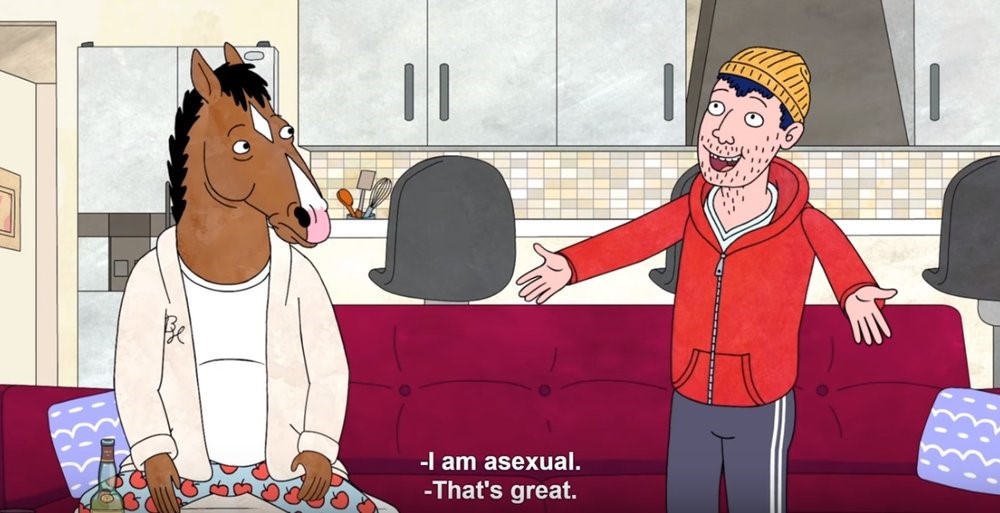
Mainstream media and pop culture can play a huge role in ensuring an accurate representation of this community. Asexual fictional character as protagonists is a rarity in media but they can be found here and there. In T.J Klune’s novel How to be a Normal Person, we see the love story between Casey, who happens to be an asexual, and Gus. Honestly, I appreciate the way the novel has handled the topics regarding asexuality and focused more on the weirdness and absurdity of the characters. It doesn’t over explain anything while acknowledging some of the issues faced by aces.
In the recent years, we have seen the representation of asexuality in Todd, one of the main characters of the massively popular TV series Bojack Horseman.
In the second season of another popular tv show Sex Education, we see a character called Florence fighting to conform that she is in fact not interested in sex while her peers hold a very different opinion. In her meeting with school therapist Dr. Milburn, Florence tells Dr Milburn that she thinks she might be broken. Dr Milburn replies,
“Sex doesn’t make us whole. So how could you ever be broken?”
Honestly, this is one of my favorite scenes in the whole series.
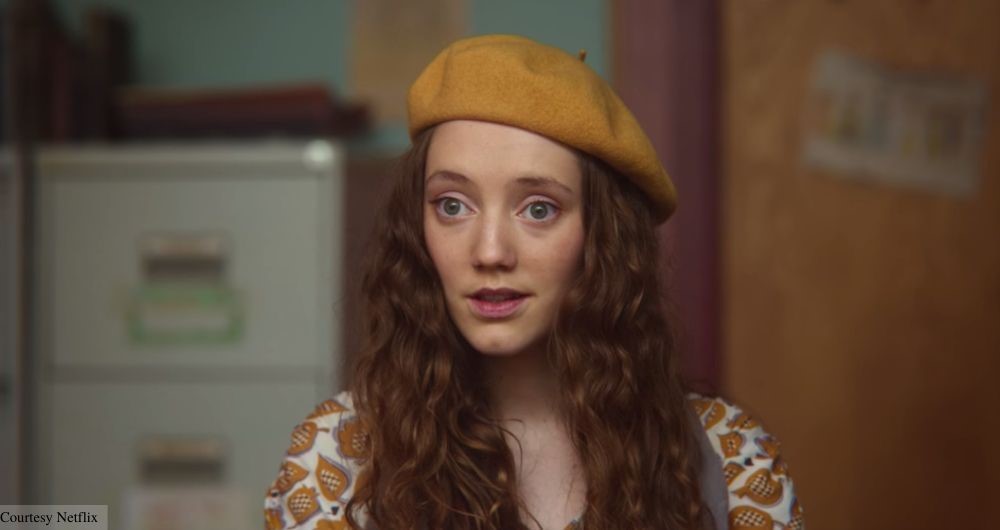
Nothing’s wrong if you are an Ace!
Conservative societies place an unhealthy amount of pressure on adults to consummate their marriage. The literal meaning of the word consummate is “to make a marriage or relationship complete by having sexual intercourse”. One might think that liberal aka progressive societies have it easier on aces. No, not really. In progressive societies, the idea of sex positivity has left out asexual people to a larger extent.
We need to acknowledge that asexuality is not a lifestyle choice, an abstinence, a medical condition or a phase. It is a sexual orientation just like homosexuality or bisexuality that needs to be embraced by all of us. Even if some of us don’t understand what asexuality is, it’s not hard work to respect and try to understand people who are asexual.
Conclusion
We need to make the society a safe space for all kinds of people to choose what they want to do. That includes heterosexuals, homosexuals, bisexuals, and asexual people as well. It is high time we had more discussions about this particular orientation and take it out of the neglected position that it currently possesses, with the hope of helping aces who suffer through neglecting or fighting their sexual orientation.
